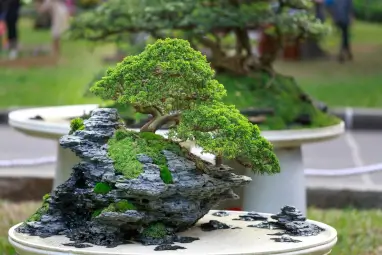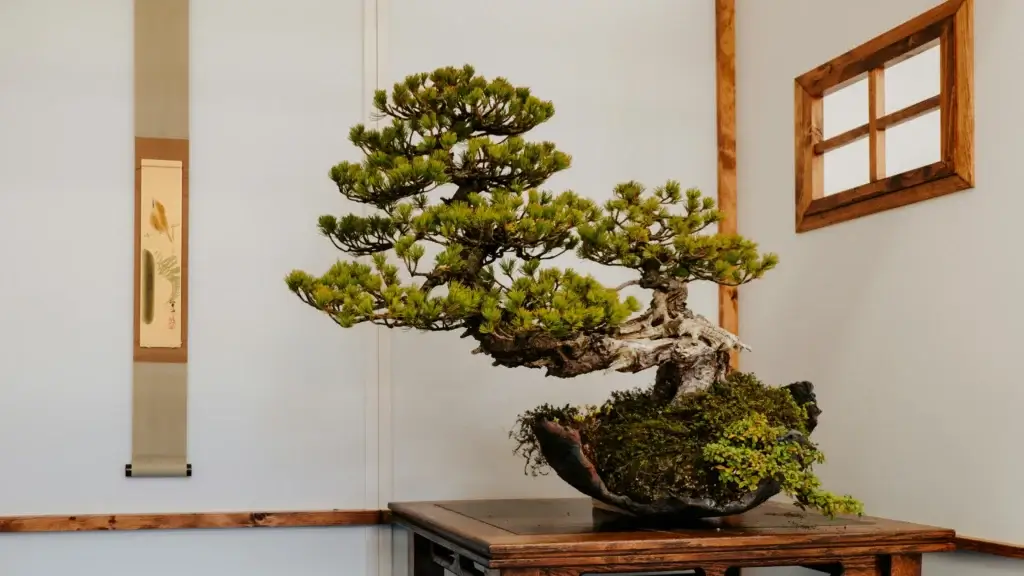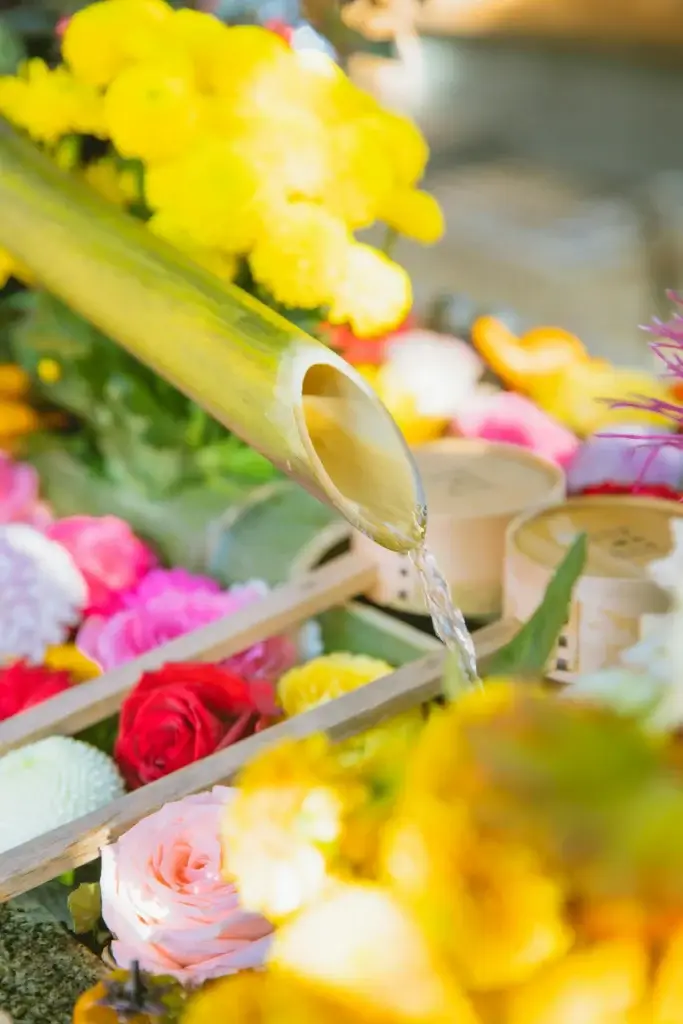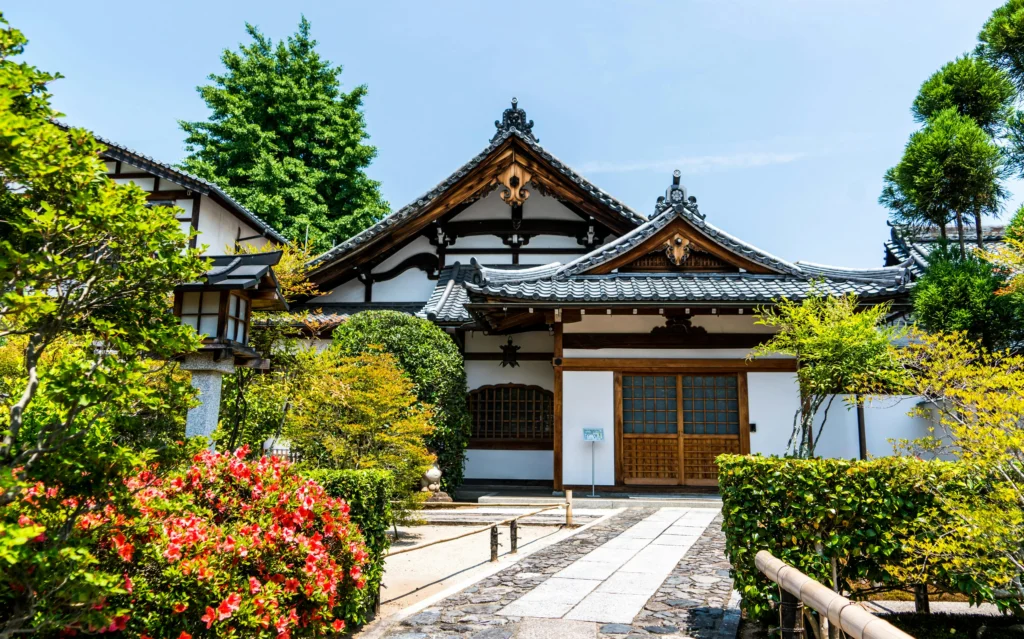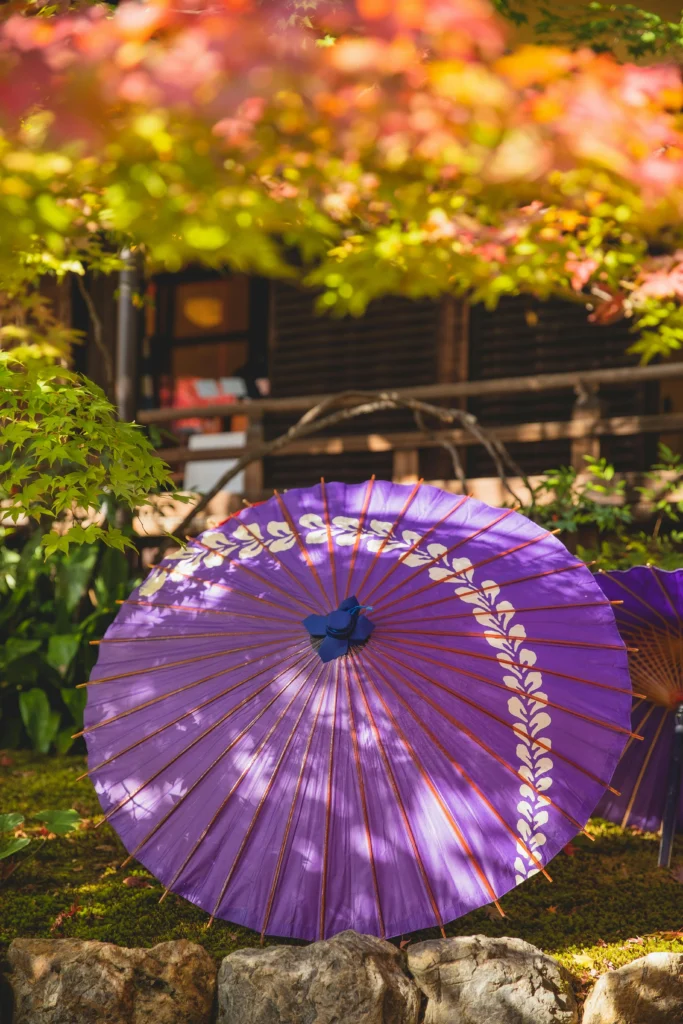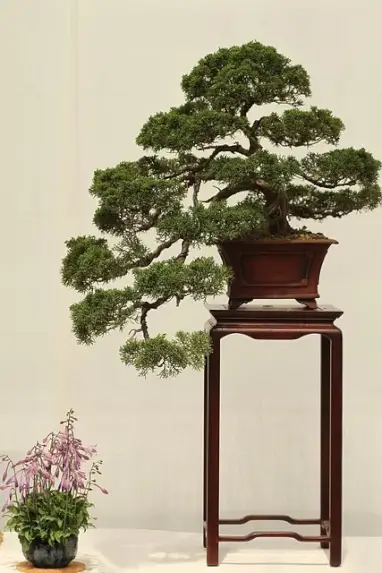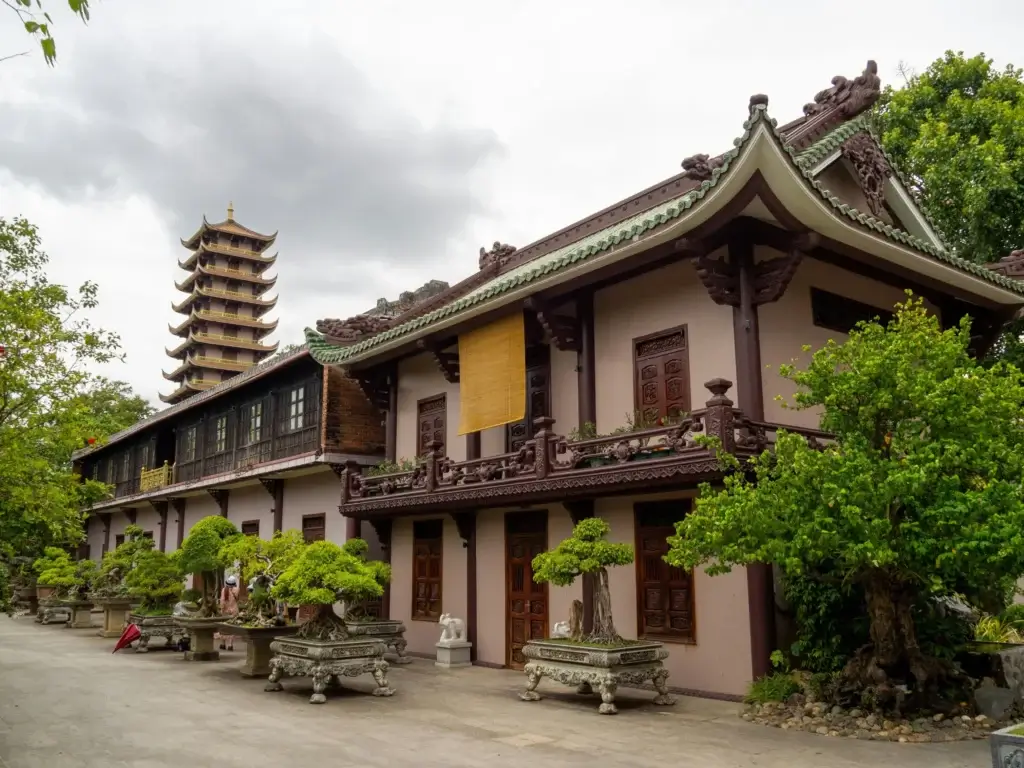Embarking on the journey of caring for your first bonsai – a delightful dive into the world of miniature trees.
Welcome to the enchanting realm of bonsai, where the ordinary becomes extraordinary, and gardening transforms into an art form.
Bonsai is not just about cultivating a tiny tree; it’s about nurturing a living masterpiece that reflects the beauty of nature within the confines of a small container.
As you embark on this journey, let’s break down the initiation into the art of bonsai – your introduction to plant parenthood.
1. The Bonsai Concept:
Bonsai, derived from the Japanese words “bon” (meaning tray or pot) and “sai” (meaning planted), encapsulates the art of growing trees in containers.
It originated in China over a thousand years ago, later evolving into the intricate and meditative practice we know today in Japan.
Bonsai is not a genetic dwarf; rather, it’s a regular tree that is meticulously pruned and shaped to maintain a small size while embodying the grace and beauty of its full-sized counterparts.
Example: Imagine a majestic oak tree in a forest. Now envision capturing that grandeur within the confines of a small pot – that’s the essence of bonsai.
2. The Living Sculpture:
Think of your bonsai as a living sculpture.
It’s a collaboration between nature and your artistic sensibilities.
The tree becomes a canvas, and you, the artist, wield the tools of pruning, wiring, and styling to create a harmonious composition.
Bonsai is not merely a potted plant; it’s a form of self-expression and a testament to the delicate dance between human intervention and the inherent beauty of nature.
Example: Consider a Juniper bonsai. Its rugged bark, twisted branches, and vibrant green needles tell a story of resilience and endurance, forming a living sculpture that resonates with the spirit of the natural world.
3. A Journey, Not a Destination:
Bonsai is a journey, a continuous process of growth, shaping, and refinement.
It’s about the relationship you cultivate with your miniature tree over time.
Patience and observation are integral – as your bonsai evolves, so does your connection with it.
Example: Picture a Ficus bonsai. As you nurture it, you’ll witness the gradual development of its glossy leaves and intricate root structure. Each stage of growth becomes a chapter in your shared story.
In the initiation phase, embrace the concept of bonsai as a living art form, a collaboration between you and nature.
As we progress to Subtitle 2, we’ll explore the crucial step of choosing the perfect bonsai companion – a decision that will shape your bonsai journey.
Stay tuned for more insights into the world of miniature arboreal masterpieces!
Choosing Your Bonsai: A Detailed Exploration of Species, Sizes, and Styles for Novice Gardeners
Now that you’re venturing into the world of bonsai, choosing the right companion is paramount.
It’s not just about aesthetics; it’s about understanding the personality of your miniature tree.
Let’s break down the process into three key elements:
1. Species Selection:
Think of choosing a bonsai species as selecting a pet with a specific temperament.
For beginners, hardy and forgiving species like the Juniper, Ficus, or Chinese Elm are excellent choices.
- Juniper Bonsai: Known for its resilience and distinctive needle-like leaves, the Juniper is a classic choice. It adapts well to various environments, making it a perfect companion for beginners.
- Ficus Bonsai: With its glossy leaves and adaptability to indoor settings, the Ficus is an elegant choice. It’s forgiving of occasional lapses in care, making it suitable for those new to bonsai cultivation.
- Chinese Elm Bonsai: Renowned for its small, serrated leaves and graceful branches, the Chinese Elm is a versatile and visually appealing option. It can thrive both indoors and outdoors, offering flexibility for different living spaces.
2. Size Matters:
Consider the available space and the level of commitment you’re ready to invest.
Bonsai comes in various sizes, from the petite mame (under 6 inches) to the grand imperial (over 36 inches).
- If you’re new to bonsai, a medium-sized tree (around 10-20 inches) offers a balance between manageability and the opportunity to practice shaping and styling.
- Smaller bonsai varieties are charming and require less space, making them suitable for apartment living or as desktop companions.
- Larger bonsai trees demand more space and attention, but they can become stunning, eye-catching centerpieces in a garden.
3. Stylish Appeal:
Consider the natural growth pattern and style of the bonsai.
Each species has its unique characteristics that can be enhanced through careful shaping and styling.
- Research the preferred style of the species you choose. Some trees naturally lend themselves to an upright, formal appearance, while others may have a more cascading, informal structure.
- Your personal preference matters. Whether you’re drawn to the windswept look, the informal upright style, or a more structured form, understanding your aesthetic preferences will guide you in selecting the perfect bonsai companion.
Choosing your bonsai is an exciting step that sets the stage for a long and fulfilling journey.
Bonsai Care Essentials: Mastering Watering, Sunlight, and Soil
From watering to sunlight: the essential basics of bonsai care for a thriving and healthy miniature ecosystem.
Now that you’ve chosen your bonsai companion, let’s dive into the heart of bonsai care – ensuring your miniature arboreal masterpiece thrives in its new home.
1. Watering Wisdom:
Watering is a critical aspect of bonsai care.
It’s not just about quantity but precision.
Unlike larger plants, the confined space of a bonsai pot requires careful consideration.
Check the soil moisture regularly by inserting your finger about an inch deep – water when the topsoil feels slightly dry.
Be consistent, but remember, overwatering can be just as detrimental as underwatering.
Example: Consider a Ficus bonsai.
These tropical beauties prefer slightly more moisture, so keeping their soil consistently damp (but not waterlogged) is crucial.
On the other hand, a Juniper, being more resilient, requires well-draining soil and benefits from drying out between waterings.
2. Sunlight Symphony:
Sunlight is the energy source for your bonsai’s growth.
Most bonsai thrive in bright, indirect light.
Find a spot where your tree receives ample sunlight, preferably in the morning or late afternoon.
If you’re keeping your bonsai indoors, a south-facing window can provide the ideal conditions.
Example: Let’s take the Chinese Elm bonsai. It enjoys a good amount of sunlight but can also tolerate some shade.
Placing it near a window where it receives filtered sunlight allows it to flourish without getting scorched.
3. Soil Serenity:
The soil you choose plays a crucial role in your bonsai’s health. Well-draining soil is essential to prevent root rot.
Consider a bonsai-specific soil mix or create your own by combining Akadama, pumice, and lava rock for optimal aeration and water retention.
Example: For a robust and adaptable Juniper bonsai, a mix of Akadama and pumice works wonders. This combination ensures proper drainage while retaining essential nutrients.
Mastering the art of watering, providing adequate sunlight, and choosing the right soil mix form the foundation of bonsai care.
Pruning and Shaping Mastery:
So, you’ve watered your bonsai and found the perfect sunny spot – fantastic!
Now, let’s dive into the artistic side of bonsai cultivation.
Pruning and shaping are where you get to sculpt your miniature tree into a living masterpiece.
1. Pruning Precision:
Pruning is like giving your bonsai a stylish haircut, but with a purpose.
Remove any dead, yellowing, or unwanted branches to maintain the tree’s overall health.
Use sharp, clean scissors or shears, and make cuts at a 45-degree angle.
Pay attention to the natural shape of your bonsai, and let that guide your pruning decisions.
Example: Imagine you have a Juniper bonsai, and a few branches are growing a bit too wildly.
By selectively pruning these unruly branches, you not only maintain the tree’s shape but also encourage healthier growth.
2. Wiring Wizardry:
Wiring is the bonsai artist’s secret tool. It allows you to gently guide branches into the desired shape.
Copper or aluminum wire is wrapped around the branches and trunk, letting you create elegant curves or distinctive angles.
Remember to remove the wire after a few months to prevent it from cutting into the bark.
Example: Take a Ficus bonsai, for instance.
If you want to give it that windswept look, strategically wiring the branches while considering their natural growth patterns achieves that picturesque effect.
3. Styling Symphony:
Styling is where your vision and the tree’s natural beauty come together.
It’s about creating a harmonious balance, whether you prefer a formal upright style, a cascading appearance, or something in between.
Study bonsai styling principles and let your creativity flow.
Example: Picture a Chinese Elm bonsai.
Its flexible branches and small leaves make it a versatile candidate for various styles.
You can experiment with an informal upright design or even go for a more dramatic slanting style, depending on your aesthetic preferences.
Pruning and shaping are ongoing processes in bonsai care, allowing you to continually refine your miniature masterpiece.
The Zen Connection: Bonsai as a Lifestyle
Now that you’ve watered, provided ample sunlight, and sculpted your bonsai into a living work of art, let’s delve into the transformative aspect of bonsai – the Zen connection.
Bonsai isn’t just about cultivating a plant; it’s a lifestyle that fosters patience, mindfulness, and a deep connection with nature.
1. The Art of Observation:
Bonsai requires attention to detail. As you observe your tree’s growth, notice subtle changes in leaves, branches, and overall structure.
This practice of keen observation instills a sense of mindfulness, anchoring you in the present moment.
Example: Consider a Juniper bonsai.
The gradual transformation of its needle-like foliage and the development of new shoots become a visual meditation, encouraging you to appreciate the beauty in every stage of growth.
2. Patience as a Virtue:
Caring for a bonsai tree is a lesson in patience.
Trees don’t rush to grow, and shaping them takes time.
Embracing this slower pace cultivates patience, teaching you to appreciate the journey rather than fixating on the destination.
Example: Picture a Ficus bonsai.
It might take several years to achieve the desired form.
This gradual process instills a sense of patience and a deeper understanding of the tree’s natural rhythm.
3. Harmonizing with Nature:
Bonsai enthusiasts often describe a sense of harmony and tranquility when tending to their miniature trees.
The act of caring, pruning, and shaping becomes a form of meditation, fostering a serene connection with the natural world.
Example: Imagine sitting by a Chinese Elm bonsai, carefully pruning its branches.
The rhythmic, intentional movements and the connection with the living tree create a moment of peaceful communion with nature.
Cultivating bonsai is not just about horticulture; it’s a holistic experience that nourishes the mind and soul.
Troubleshooting Bonsai Woes: Expert Solutions for Yellow Leaves, Pests, and Root Challenges
Addressing common challenges – yellow leaves, pests, and more – with expert tips to keep your bonsai flourishing.
Congratulations on reaching this stage of your bonsai journey!
As you’ve watered, provided sunlight, and engaged in the artistic aspects of pruning and styling, it’s time to face the inevitable challenges that come with cultivating these miniature arboreal masterpieces.
1. Yellowing Leaves:
If you notice your bonsai’s leaves turning yellow, it could be due to a variety of reasons.
Overwatering, underwatering, nutrient deficiencies, or poor drainage might be culprits.
Start by checking the soil’s moisture level, adjust your watering routine, and consider fertilizing your bonsai to address nutrient imbalances.
Example: Imagine a Juniper bonsai with yellow foliage.
By adjusting the watering schedule and ensuring proper drainage, you can revive its lush green color.
2. Pests and Unwanted Guests:
Bonsai trees can occasionally attract pests like aphids, scale insects, or spider mites.
Keep a close eye on the leaves and branches.
If you spot any unwanted visitors, try a gentle insecticidal soap or neem oil.
Regularly inspecting your bonsai helps catch and address pest issues early.
Example: Picture a Ficus bonsai with tiny pests affecting its leaves. Introducing natural remedies or insecticidal solutions early on can prevent further damage and keep your bonsai thriving.
3. Fungal Infections:
Fungi can pose a threat, especially in humid conditions.
Yellow or black spots on leaves might indicate a fungal infection.
Improve ventilation, ensure proper spacing between branches, and consider applying fungicides if necessary.
Example: A Chinese Elm bonsai with fungal spots on its leaves can benefit from improved air circulation and targeted treatment to combat the infection.
4. Root Troubles:
Issues beneath the surface can impact your bonsai’s health.
If the soil stays consistently wet or there’s an unpleasant odor, it might indicate root rot.
Reevaluate your watering routine, adjust the soil mix for better drainage, and trim any affected roots.
Example: Discovering root rot in a Ficus bonsai prompts immediate action.
Trimming affected roots and adjusting the soil composition can save the tree from further harm.
As you navigate through these troubleshooting tips, remember that challenges are a natural part of bonsai cultivation. Regular observation, swift intervention, and a proactive approach will ensure a healthy and resilient bonsai.
Growing Memories: Your Bonsai Journey
Congratulations! You’ve learned the basics, overcome challenges, and sculpted your bonsai into a living work of art.
As we conclude this beginner’s guide, let’s reflect on the essence of your bonsai journey and set the stage for a fulfilling and enduring relationship with your miniature arboreal companion.
1. A Living Testament to Patience:
Your bonsai is a testament to the power of patience.
It reflects the art of waiting, observing, and allowing the tree to grow at its own pace.
Embrace the gradual transformations, and celebrate each milestone in your bonsai’s journey.
Example: Imagine a Chinese Elm bonsai. Over the years, its branches thicken, and its canopy becomes more intricate. Patience allows you to witness the evolution of your miniature masterpiece.
2. The Art of Connection:
Caring for a bonsai goes beyond horticulture; it’s about forming a deep connection with a living being.
As you water, prune, and shape, you’ll find yourself attuned to the nuances of your tree, creating a bond that extends beyond the surface.
Example: Picture a Ficus bonsai on your windowsill. The act of nurturing it becomes a daily ritual, fostering a unique connection as you witness its responses to your care.
3. Lifelong Learning:
Bonsai is a journey of continuous learning.
There’s always something new to discover, whether it’s refining your pruning techniques, experimenting with different styles, or gaining insights into the unique characteristics of your chosen species.
Example: Consider a Juniper bonsai. Each encounter with this resilient tree unveils new lessons, prompting you to delve deeper into the art and science of bonsai cultivation.
4. A Living Legacy:
Your bonsai becomes a living legacy, carrying with it the stories of your care and attention.
It can be passed down through generations, creating a timeless link between the past, present, and future.
Example: Imagine a family heirloom – a Juniper bonsai that has been lovingly tended for decades. It becomes a symbol of continuity, connecting generations through a shared appreciation for nature and art.
Conclusion
1. Cultivating Timeless Memories:
Your bonsai is more than a potted plant; it’s a living memory bank.
Each time you water, prune, or simply sit beside it, you’re creating moments that weave into the fabric of your life.
These memories, like the rings of growth on a tree, add depth and richness to your bonsai journey.
Example: Imagine a serene evening spent admiring your Juniper bonsai as the sun sets. The tranquility of that moment becomes a cherished memory, etched into the narrative of your life.
2. Nurturing Mindfulness:
Bonsai care is a form of mindfulness, a practice of being fully present in the here and now.
As you engage with your miniature tree, whether through careful pruning or observing its subtle changes, you cultivate a sense of mindfulness that extends beyond the bonsai pot.
Example: Consider the peacefulness of caring for a Ficus bonsai. The deliberate movements of your hands, the focus on each leaf – these moments of mindfulness become a source of calm in the midst of daily life.
3. Your Living Legacy:
Your bonsai, with its unique shape and history, becomes a living legacy.
It tells a story of your dedication, the challenges you’ve overcome, and the joy you’ve experienced.
Whether passed down to future generations or shared with fellow enthusiasts, your bonsai becomes a testament to your love for nature and art.
Example: Visualize a Chinese Elm bonsai, admired by your children and grandchildren. Its branches whisper tales of your commitment, creating a bridge between generations and leaving an enduring legacy.
4. A Flourishing Future:
As your bonsai continues to grow and evolve, so does the future it represents.
Your efforts contribute to the longevity of a living being, shaping a future where the bond between humans and nature is celebrated and nurtured.
Example: Envision a future where your Juniper bonsai stands as a symbol of resilience and growth. Your initial steps into bonsai care have contributed to a flourishing legacy that extends beyond your immediate experience.
In conclusion, the world of bonsai is not just about trees; it’s about the memories, mindfulness, and legacy you cultivate along the way.

